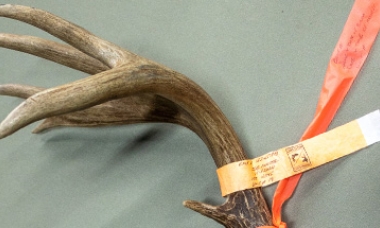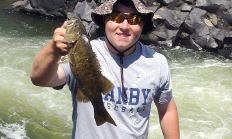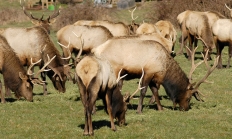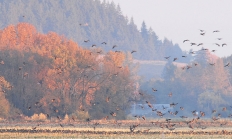
Search myodfw.com
Turkey hunters should be aware of all state hunting regulations, but pay special attention to these things – all of which are listed in the table of contents of the Oregon Game Bird Hunting Regulations: Licensing and tags Shooting hours Legal hunting methods Turkey hunting opportunities The Game Bird Regulations are available both online and in print, both are organized in the same way. Licensing and tags In Oregon, all hunters older than 12 years need a hunting license. Kids 12-17 years old can buy a special, value-priced youth license that also includes fishing and shellfishing. In addition to a




Wallowa Wildlife Area, near Troy, OR 45.946296, -117.436856



MARINE FISHING December 4, 2025 Announcements Starting Jan. 1, 2026, an Ocean Endorsement is needed for most recreational anglers fishing in the ocean. Check the Ocean Endorsement page for more information. Saltwater News Bulletins Be among the first to know about in-season changes! You can subscribe to receive emails and text message alerts for marine topics that interest you. It's easy to unsubscribe at any time. Your contact information will remain confidential. Three different lists of interest to ocean enthusiasts are available: bottomfish, halibut and ocean salmon. Bottomfish A few reminders 2026 season dates and bag limits will be adopted


Wenaha Wildlife Area, near Troy, OR 45°56'46.3"N 117°26'12.7"W


Commission adopts 2026-27 Sport Fishing and 2026 Big Game Hunting Regulations
ONTARIO, Ore.–The Fish and Wildlife Commission voted 5-1 to open a hatchery Chinook salmon season in the Coquille River, the first Chinook season since 2021, during their meeting today in Ontario. The Coquille River will be open for fall salmon fishing from Sept. 13-Oct. 15 from the Hwy 101 bridge…




Hunters play key role in CWD testing: Reminder to stop at CWD Check Stations (in Baker City, Celilo Park, Elgin, Prineville, Riley, Ukiah)
SALEM, Ore.—As 2025 deer and elk hunting seasons begin, ODFW is ramping up its Chronic Wasting Disease (CWD) surveillance statewide. Hunters are encouraged to take advantage of streamlined testing options and reminded that CWD check stations are mandatory to stop at when transporting harvested deer…

